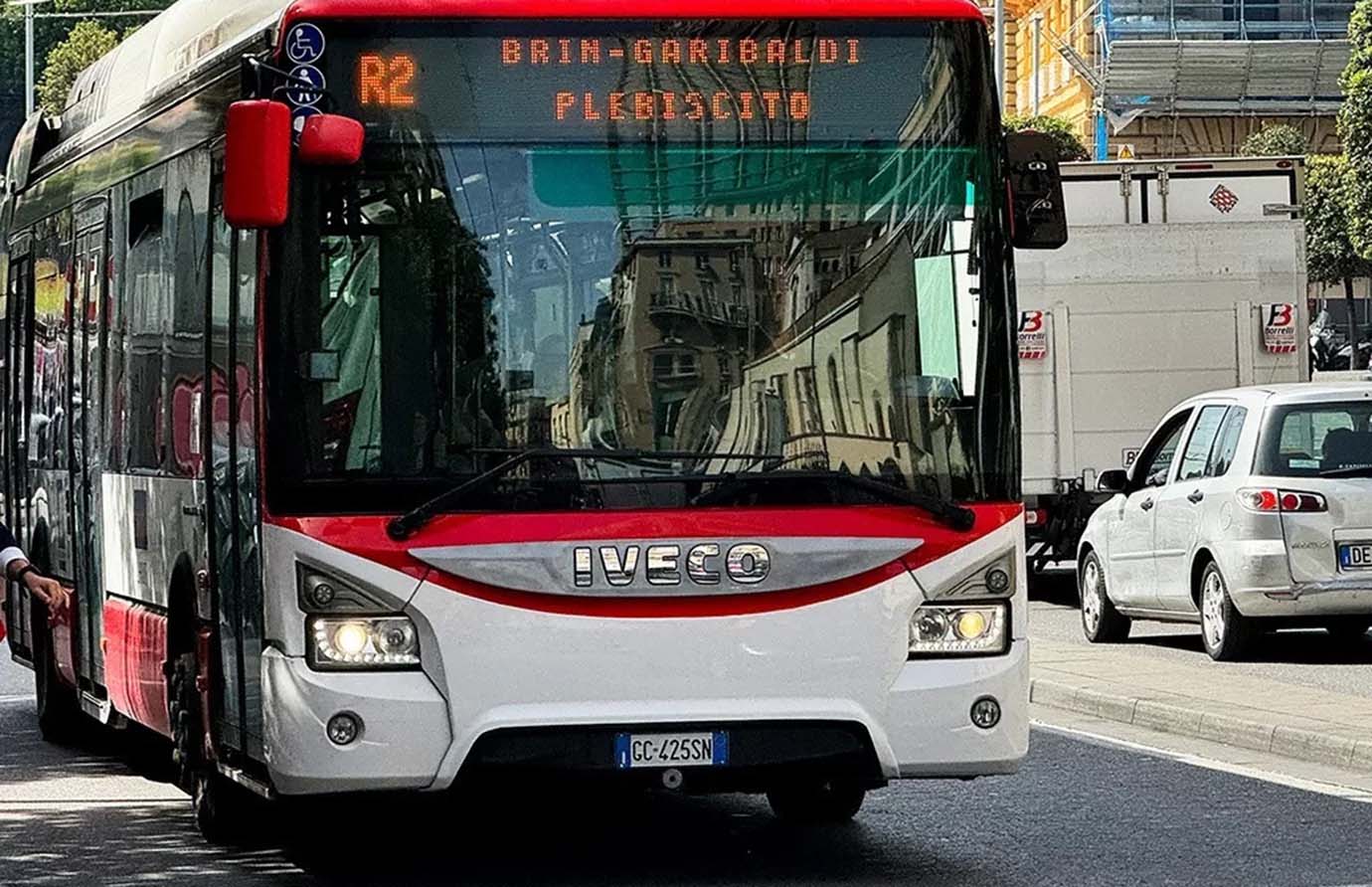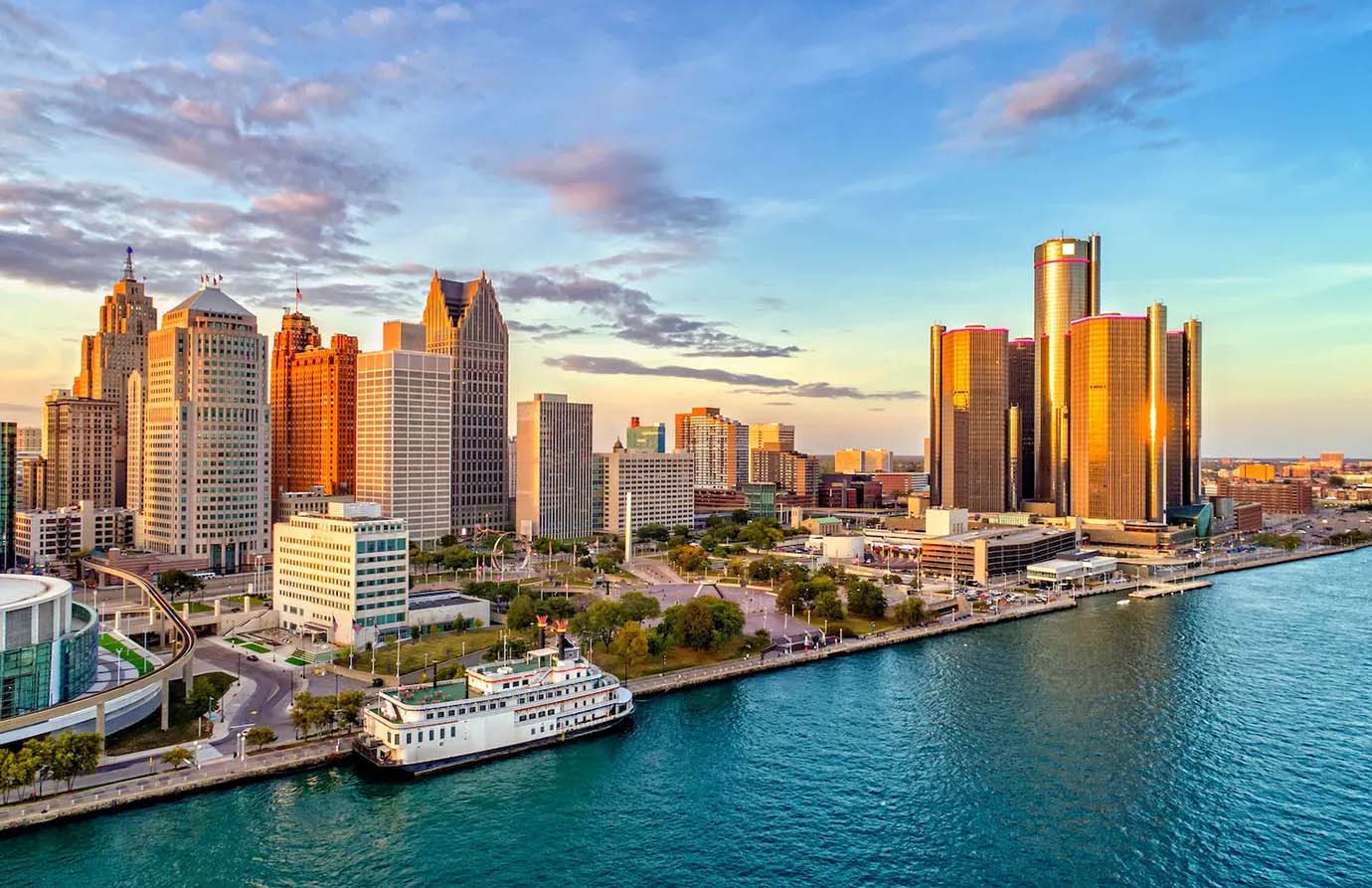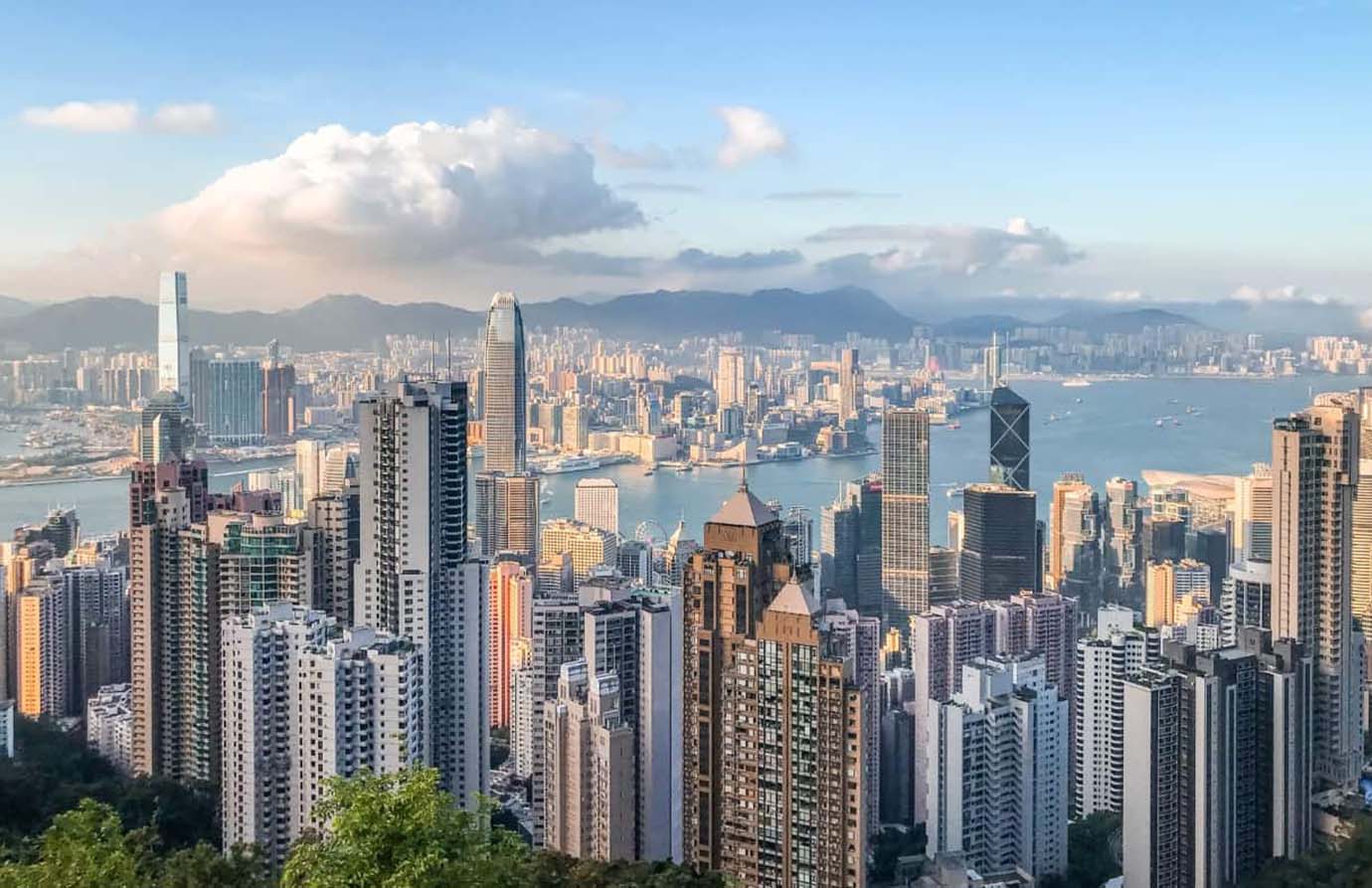Naples, a city of ancient history, stunning landscapes, and vibrant culture, is a must-visit destination in Italy. From its historical sites like Pompeii and the Naples National Archaeological Museum to its bustling streets filled with authentic pizza shops, the city offers something for everyone. However, navigating Naples can be challenging, especially for first-time visitors. The city’s public transportation system is extensive but can be overwhelming if you’re unfamiliar with how it works.
In this complete guide, I’ll walk you through the ins and outs of getting around Naples using public transportation, including buses, trams, metro, funiculars, and ferries. I’ll also share some tips and tricks to make your travels smoother, as well as provide essential information on tickets, routes, and how to get from one attraction to another with ease.
1. Getting Around Naples: An Overview
Naples has a well-established public transportation network that includes several options for both locals and tourists. The main public transportation options in Naples are:
- Metro (subway system)
- Buses
- Trams
- Funiculars
- Ferries
These services are operated by the company ANM (Azienda Napoletana Mobilità), which runs most of the city’s transport system. Additionally, EAV (Ente Autonomo Volturno) operates trains that connect Naples with the surrounding areas, including Sorrento, Pompeii, and Herculaneum.
The city’s public transportation system is affordable, but it can be crowded, especially during peak hours. The key to navigating Naples efficiently is understanding the different modes of transportation and how they interconnect.
2. The Naples Metro System
The Naples Metro is the backbone of the city’s public transportation network. It consists of three lines: Line 1, Line 2, and Line 6. The metro system is modern, efficient, and a great way to travel long distances quickly.
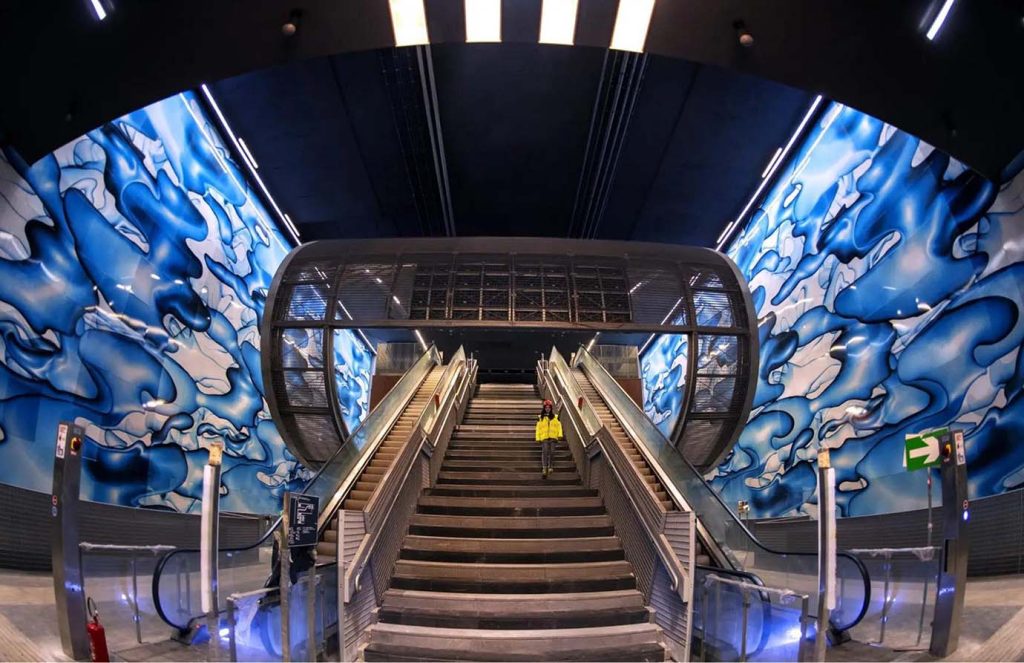
Line 1: The Blue Line
Line 1, also known as the Blue Line, is the most important metro line for tourists. It runs from the northern suburbs of Naples to the city center, passing through key areas like Garibaldi Station, Piazza Cavour, and Toledo Station.
- Key Stops for Tourists:
- Garibaldi Station: This is the central hub for many transportation options, including trains and buses.
- Toledo Station: A stunning metro station that’s often considered one of the most beautiful in Europe.
- Piazza Dante: A stop near historical attractions and shopping areas.
- Università Station: Close to the University of Naples and other cultural sites.
Line 1 is fast and connects many of the major tourist attractions in the city. The trains are clean, and stations are equipped with helpful signage in both Italian and English. The trains run frequently, every 5-10 minutes, and are operational from around 6:00 AM to 11:00 PM.
Line 2: The Green Line
Line 2, also known as the Green Line, runs from the northern part of the city to the southern neighborhoods. This line connects important areas such as Piazza Garibaldi and Mergellina.
- Key Stops for Tourists:
- Piazza Garibaldi: The main train station in Naples, where you can transfer to trains heading to Pompeii, Sorrento, and other destinations.
- Mergellina Station: Close to the beautiful Lungomare promenade, offering views of the Gulf of Naples.
While Line 2 isn’t as frequented by tourists as Line 1, it’s still an essential part of the city’s transportation network, especially for those traveling to the more residential parts of Naples or planning to visit nearby coastal areas.
Line 6: The Orange Line
Line 6, the Orange Line, is a smaller metro line that connects the Mergellina area with the Fuorigrotta neighborhood. While it’s not as central as Lines 1 and 2, it’s an important line for those heading to the Fiera di Napoli convention center or the San Paolo Stadium.
- Key Stops for Tourists:
- Mergellina: This station is located near the coast and provides access to the Lungomare area.
- Fuorigrotta: The station for the San Paolo Stadium, a popular destination for sports fans.
Line 6 is quieter than the other lines, making it a good option for those looking to avoid the crowds during peak hours.
3. Buses in Naples
Naples has an extensive bus network that serves both the city and the surrounding areas. Buses are operated by ANM and EAV, and they are a great way to reach destinations that are not accessible by metro.
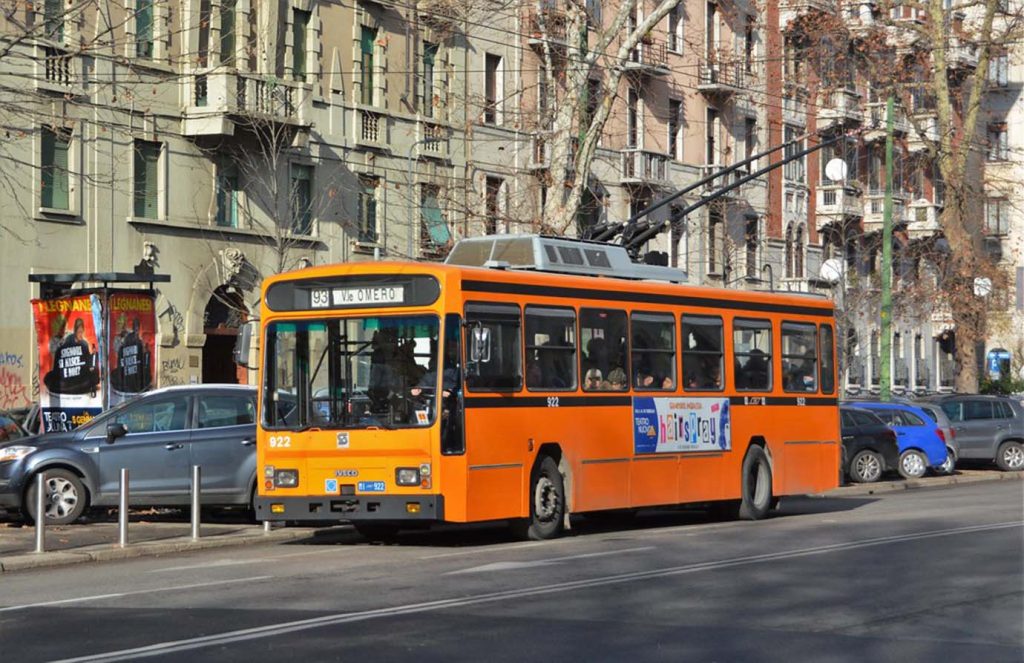
Key Routes for Tourists:
- Line 151: This bus takes you from Piazza Garibaldi to Posillipo, passing through popular tourist areas like Vomero and Chiaia.
- Line 130: A scenic route that runs along the Lungomare promenade, offering views of the bay and the Gulf of Naples.
Buses are a slower option compared to the metro, but they can take you to places that are more difficult to reach by train. They are also a great way to experience the local culture and see the neighborhoods of Naples up close.
Tips for Using Buses:
- Tickets: Tickets for buses are the same as metro tickets and can be purchased at kiosks, newsstands, or directly from vending machines at metro stations. A single ride costs around €1.50.
- Timetable: Buses in Naples generally run from 6:00 AM to 11:00 PM, though some routes may have different hours. It’s best to check the schedules ahead of time.
- Traffic: Naples is known for its chaotic traffic, and buses can often be delayed during rush hours. Allow extra time if you need to get somewhere quickly.
4. Trams in Naples
Trams are another form of public transportation in Naples, though they are less commonly used by tourists. The tram network consists of several lines that serve both the city center and outlying areas.
Key Routes for Tourists:
- Line 1: This line runs from Piazza Garibaldi to Piazza Vittoria, passing through Chiaia and other central areas. It’s a useful option for those looking to explore the upscale shopping district.
- Line 2: This line connects Piazza Nazionale to Piazza Mazzini, passing through residential neighborhoods and the Vomero area.
Trams are slower than buses and metro but can be a more comfortable and scenic way to travel, especially if you’re exploring areas that are not served by metro lines.
5. Funiculars in Naples
Naples is a city built on hills, and the funiculars are an essential mode of transportation for reaching the higher elevations. There are four funicular lines in Naples, each offering scenic views of the city as they travel up the hills.
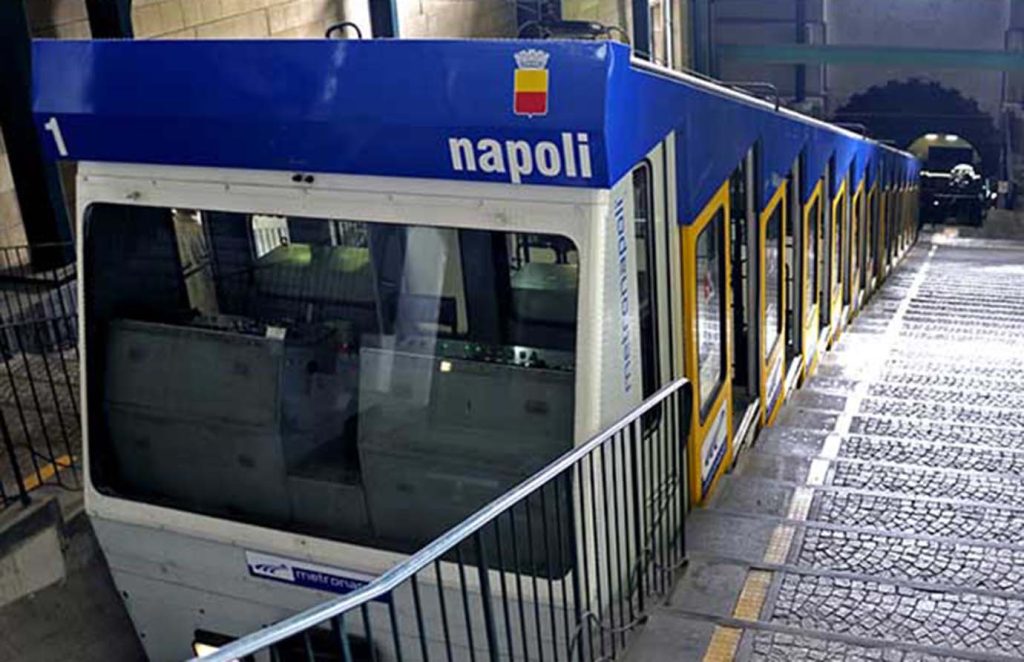
Key Funiculars for Tourists:
- Funicular of Chiaia: This funicular connects Piazza Amedeo with the Chiaia neighborhood, offering views of the Gulf of Naples.
- Funicular of Montesanto: This line connects Piazza Montesanto with the Vomero area, providing access to the Certosa di San Martino and the Castel Sant’Elmo.
Funiculars are a fun and picturesque way to explore the hills of Naples, and they are particularly useful for reaching the Vomero area, which is home to some of the best shopping and dining in the city.
6. Ferries in Naples
Given Naples’ coastal location, ferries are an important mode of transportation, especially for those planning day trips to nearby islands like Capri, Ischia, and Procida.
Ferry Routes:
- Naples to Capri: Ferries run frequently from Molo Beverello to Capri, taking around 50 minutes. This is one of the most popular routes for tourists.
- Naples to Ischia: Ferries to Ischia depart from both Molo Beverello and Calata Porta di Massa. The journey takes about an hour.
- Naples to Sorrento: Ferries also depart from Molo Beverello to Sorrento, offering a scenic route along the Amalfi Coast.
Ferries are a great way to explore the islands surrounding Naples, and they also provide stunning views of the coastline.
7. Ticketing and Pricing
The public transportation system in Naples uses a unified ticketing system for metro, buses, trams, and funiculars. Here’s a breakdown of ticket options:
- Single Ticket: €1.50 for a single ride on any mode of public transport.
- Day Pass: €4.50 for unlimited travel for one day.
- Weekly Pass: €15 for unlimited travel for seven days.
Tickets can be purchased at metro stations, newsstands, or from vending machines. Be sure to validate your ticket before boarding, as there are frequent ticket checks on public transport.
8. Tips for Navigating Naples Public Transport
- Plan Ahead: Public transportation in Naples can be crowded, especially during rush hours. Plan your trips ahead of time and allow extra time for delays.
- Watch for Pickpockets: Like many major cities, Naples has its share of pickpockets, especially on crowded buses and metro trains. Keep an eye on your belongings.
- Use Google Maps: Google Maps is a reliable tool for navigating public transport in Naples, providing real-time information on routes and schedules.
- Travel Off-Peak: If possible, try to travel during off-peak hours (mid-morning or mid-afternoon) to avoid the crowds.
Naples may be a chaotic and bustling city, but its public transportation system offers a convenient and affordable way to explore its many attractions. From the metro and buses to ferries and funiculars, there’s no shortage of options for getting around.
